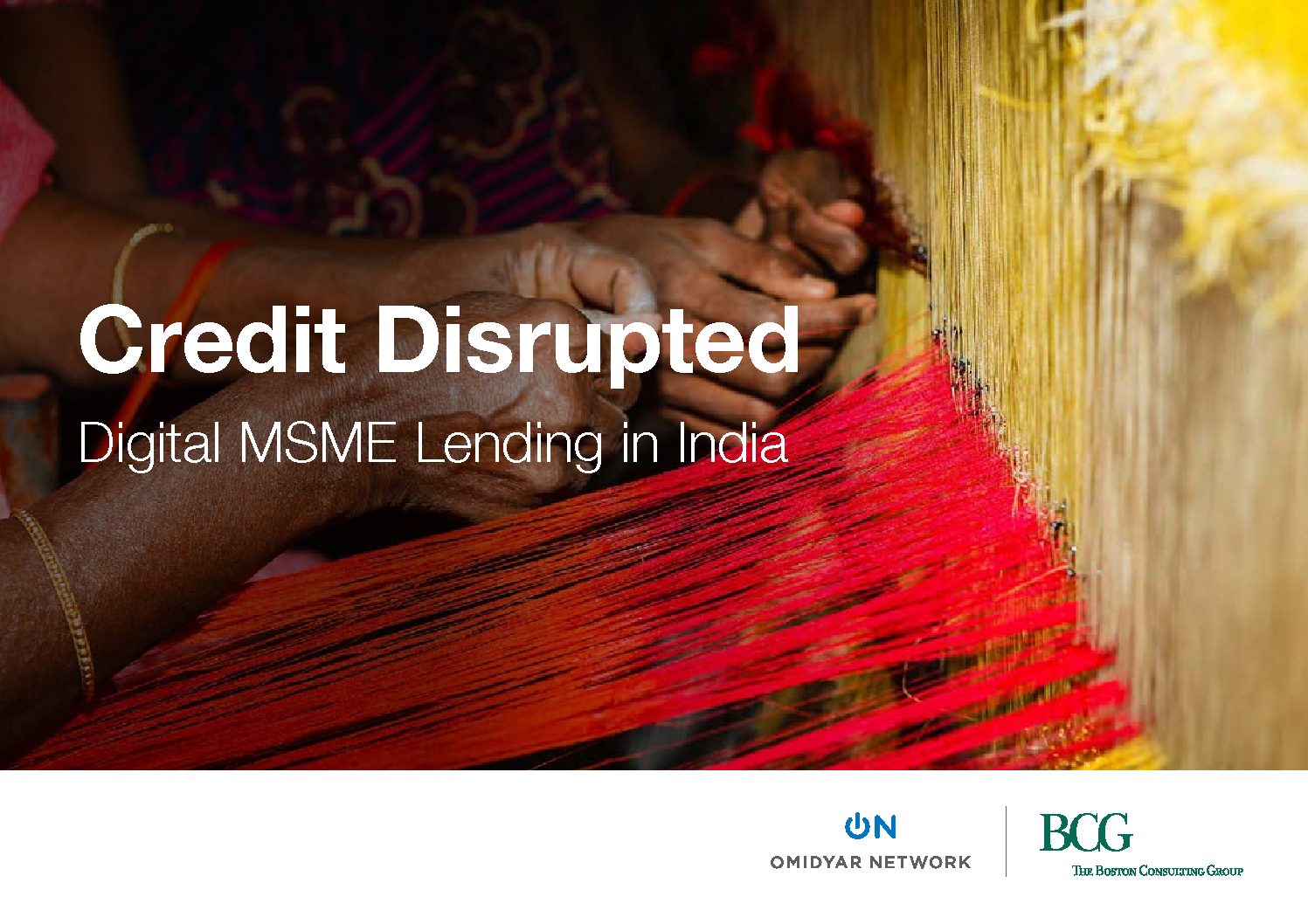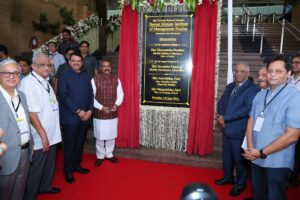
Omidyar Network, the impact investing firm established by Pierre Omidyar, the founder of eBay, and BCG has released a study showing that digital lending to micro, small, and medium enterprises (MSMEs) in India has the potential to disrupt the status quo in financial services, offering a meaningful market opportunity for both innovative startups as well as traditional lenders.
“Credit Disrupted: Digital MSME Lending in India” highlights that digital lending to MSMEs is projected to increase between 10 and 15 times by 2023, to between 6 and 7 Lakh Crore ($80-100 billion) in annual disbursements. Combined with a largely level playing field in India, without dominant incumbents, a range of entrants and business models can be successful in tapping that market.
“Digital lending has the potential to propel the productivity of India’s MSMEs to global leadership,” said Roopa Kudva, partner and managing director, India at Omidyar Network. “As of 2018, most of the credit demand for $600 billion is being met through informal sources. And therefore, the report indicates that India stands on the cusp of a watershed moment and can serve as a case study for other nations to elevate the role of MSMEs in the economy.”
India’s 60 million MSMEs–broadly defined as businesses with annual revenue up to INR 250 Cr (approximately $35 million)–make an enormous contribution both to India’s employment and its gross domestic product (GDP). Yet, they do so at levels far below that of other large nations, lagging 10 percentage points behind the US and 23 points behind China in GDP contribution. The primary reason for this gap is that these businesses often lack access to formal credit sources, which forces nearly 40 percent of Indian MSMEs to borrow from informal sources and pay interest rates that average 2.5 times higher than rates charged by the formal sector.
“Credit Disrupted” estimates that this scenario is set to change rapidly. While not all types of MSMEs are potential digital lending customers, more than 40 percent of them are more receptive to digital lending, thanks to three major shifts in the country.
First, government policies since 2016, including the Unified Payments Interface (UPI) launch and the 2017 Goods and Services Tax (GST), all have led significant numbers of MSMEs to formalize and digitize their businesses. Second, increased market competition since 2015 has led to a dramatic reduction in mobile data cost, driving significantly increased MSME connectivity. Finally, the maturing India Stack, along with API-based data availability, now allows for end-to-end digital MSME lending with loan approval times as short as one day.
“With almost 60 percent of MSMEs borrowing informally today, MSME lending is set for disruption with massive growth in formalization and digitization”, said Saurabh Tripathi, senior partner and director and Asia-Pacific leader, Financial Institutions Practice at BCG. “Easier and cheaper credit through digital lending has the potential to trigger a virtuous cycle for formalization: up to 85 percent of MSMEs could be formal by 2023”.
As MSMEs connect and generate digital data, a majority indicate they are comfortable sharing data digitally; over 60 percent expect to have significant digital payment streams in the next three years. This digital data stream provides lenders with critical information they can use to make appropriate underwriting decisions.



